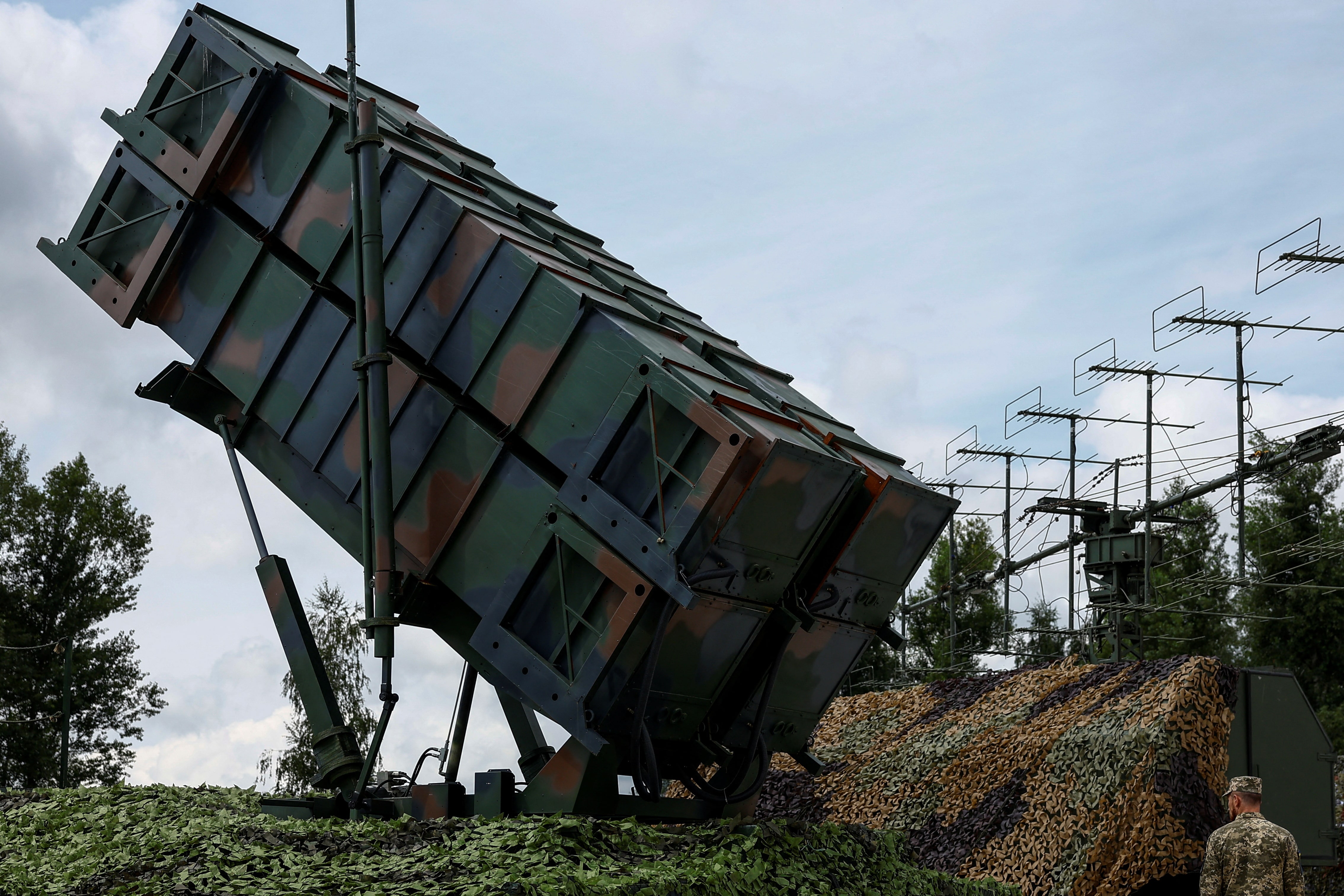Germany's Acquisition of U.S. Patriot Systems for Ukraine: A New Phase in Defense Cooperation

Germany Moves to Acquire U.S. Patriot Defense Systems for Ukraine Amid High-Level Transatlantic Talks
Germany has now signaled readiness to acquire additional U.S.-manufactured Patriot air-defense systems, aiming to deliver them to Ukraine as the conflict with Russia intensifies. This latest announcement follows direct communication from German Chancellor Friedrich Merz to Donald Trump regarding the intended transfer. Reports indicate that during these discussions, Trump proposed Germany sell one of its in-service Patriot batteries to Ukraine, suggesting that both the United States and Europe would collaborate on covering the associated costs. This proposed arrangement highlights a dynamic moment in international security cooperation and underscores Europe’s ongoing commitment to bolstering Ukrainian air defenses.
Origins and Strategic Significance of the Patriot System Transfer
Patriot air-defense systems are globally recognized for their ability to shield against a spectrum of aerial threats, including ballistic and cruise missiles. Developed in the United States, these systems represent a core element in multi-layered missile defense strategies and are operated by both American and allied forces across the globe. Since the onset of heightened hostilities in Ukraine, Kyiv’s requests for advanced air-defense platforms have surged, driven by increasing frequency and scale of Russian aerial attacks. Germany has already contributed multiple units from its own inventory to Ukraine, but the ongoing demands of the battlefield have triggered a search for further equipment sources, including expedited purchases from the United States. The acquisition and eventual transfer represent a pivotal effort to address acute gaps in Ukrainian air-defense coverage.
The challenge resides not only in the procurement of these advanced systems but also in the logistics of rapid delivery. Standard acquisition timelines for such sophisticated technology extend over several years, primarily due to global demand and the U.S. defense department’s own prioritization. By choosing to purchase directly from American production lines and then redirecting these systems to Ukraine, Germany aims to circumvent lengthy delays and provide timely reinforcement to Ukrainian forces. This approach aligns with broader strategies among European partners to maintain a consistent flow of military support without depleting their own operational reserves. With approximately 180 Patriot batteries in service around the world and only a fraction available in European arsenals, innovative sourcing and financing mechanisms have become critical to sustaining Ukraine’s defense.
Key Milestones in the Evolving Security Partnership
This latest initiative follows a sequence of high-level meetings and public statements by German leadership. After the Ukraine Recovery Conference in Rome, Chancellor Merz emphasized Germany’s ongoing commitment to strengthening Ukrainian air defense. He highlighted coordinated efforts between German ministries and international partners to mobilize added resources, reflecting a broader consensus on the necessity of supporting Ukraine in the face of intensified attacks. The dialogue with Trump marked a significant political moment, demonstrating a continued nexus between European and American strategies on Eastern European security.
Simultaneously, Ukraine’s overtures to European states for critical equipment underscore the urgency at the heart of these negotiations. As Russian missile and drone barrages strain existing defenses, the prospect of integrating new Patriot batteries could serve as a turning point on the battlefield. Moreover, the collective financing suggestion advanced by Trump—whereby both sides of the Atlantic would share costs—introduces a potentially scalable model for future defense transfers. This mechanism could prove vital as European governments balance domestic readiness with support for embattled allies.
Core Terminology and Defense Dynamics
Patriot systems, short for Phased Array Tracking Radar to Intercept on Target, have become synonymous with reliable, high-efficacy missile defense. Their deployment in Ukraine thus far has already contributed to intercepting a large proportion of incoming threats, according to military planners. However, as indicated by German and Ukrainian officials, the expanding scale of aerial campaigns means each additional battery can significantly enhance coverage and reduce vulnerabilities across Ukrainian infrastructure and population centers.
While the logistics of purchase, transfer, and financing form the backbone of this developing story, the deeper dynamic revolves around alliance cohesion and shared strategic interests. The agreed approach—purchasing systems for third-party transfer or reallocating from national stockpiles—reflects an adaptive response to fast-evolving security realities. Europe’s willingness to collaborate on both practical and financial levels with the United States demonstrates a sustained commitment to collective security, a notable milestone in the alliance’s ongoing evolution.
Pivotal Developments and Forward Outlook
The outcome of these procurement discussions will likely shape the next phase of military support to Ukraine. As the international community watches for concrete steps from both Berlin and Washington, the focus remains on timely execution and effective coordination. Each new Patriot system delivered will not only enhance Ukraine’s immediate defense posture but also send a clear message about the resilience and determination of its supporters. The shared endeavor serves as a critical test of transatlantic cooperation at a time of mounting geopolitical pressure and shifting defense landscapes.
